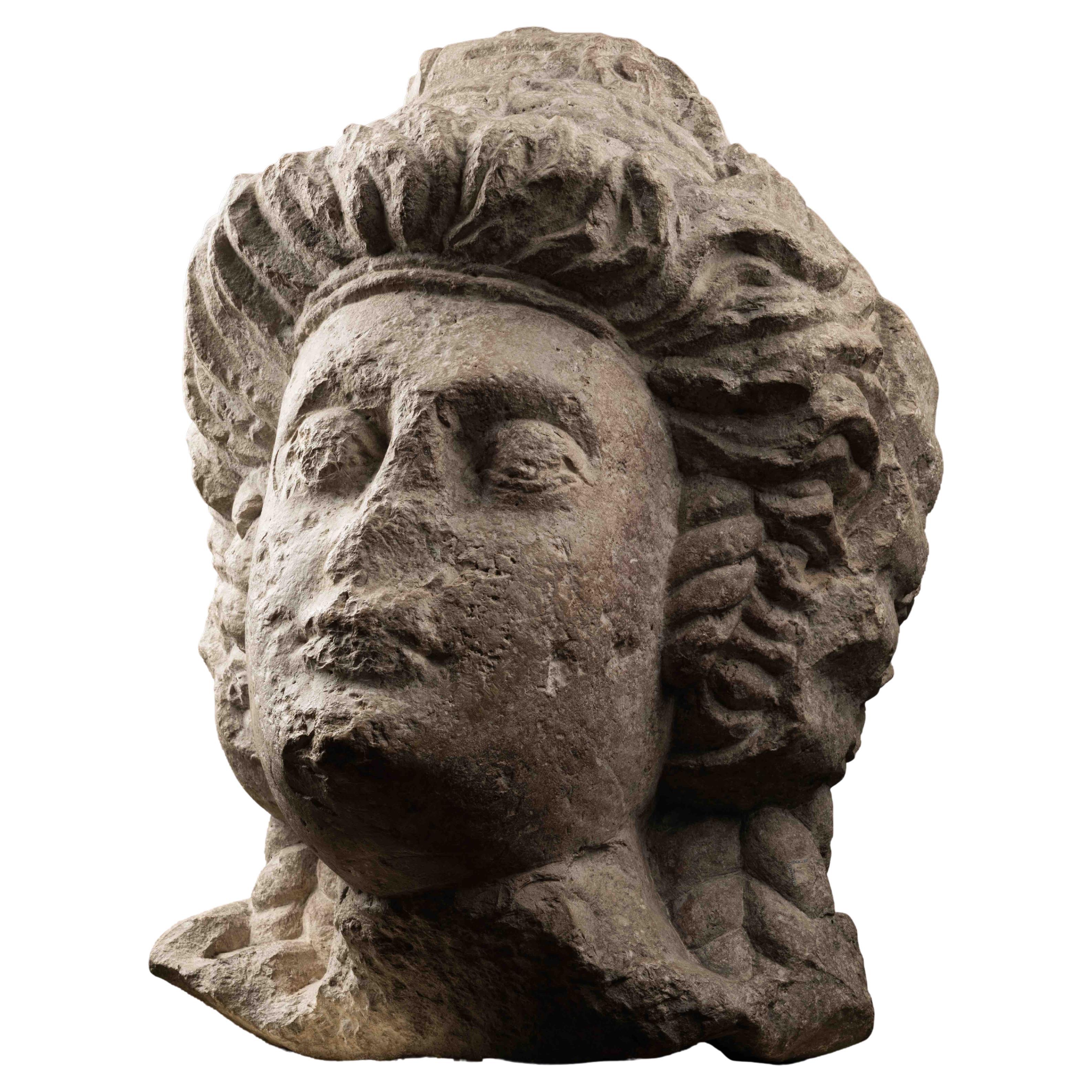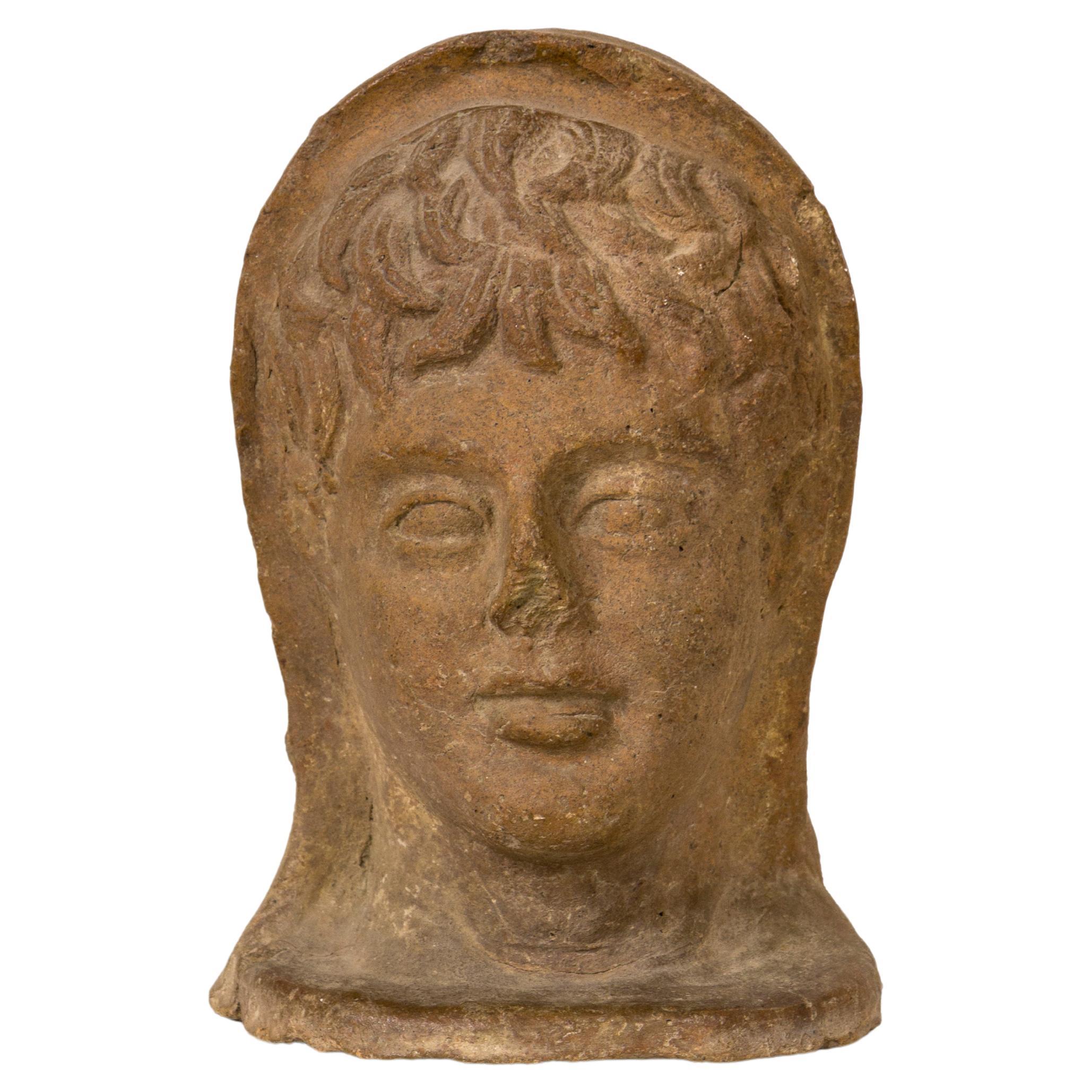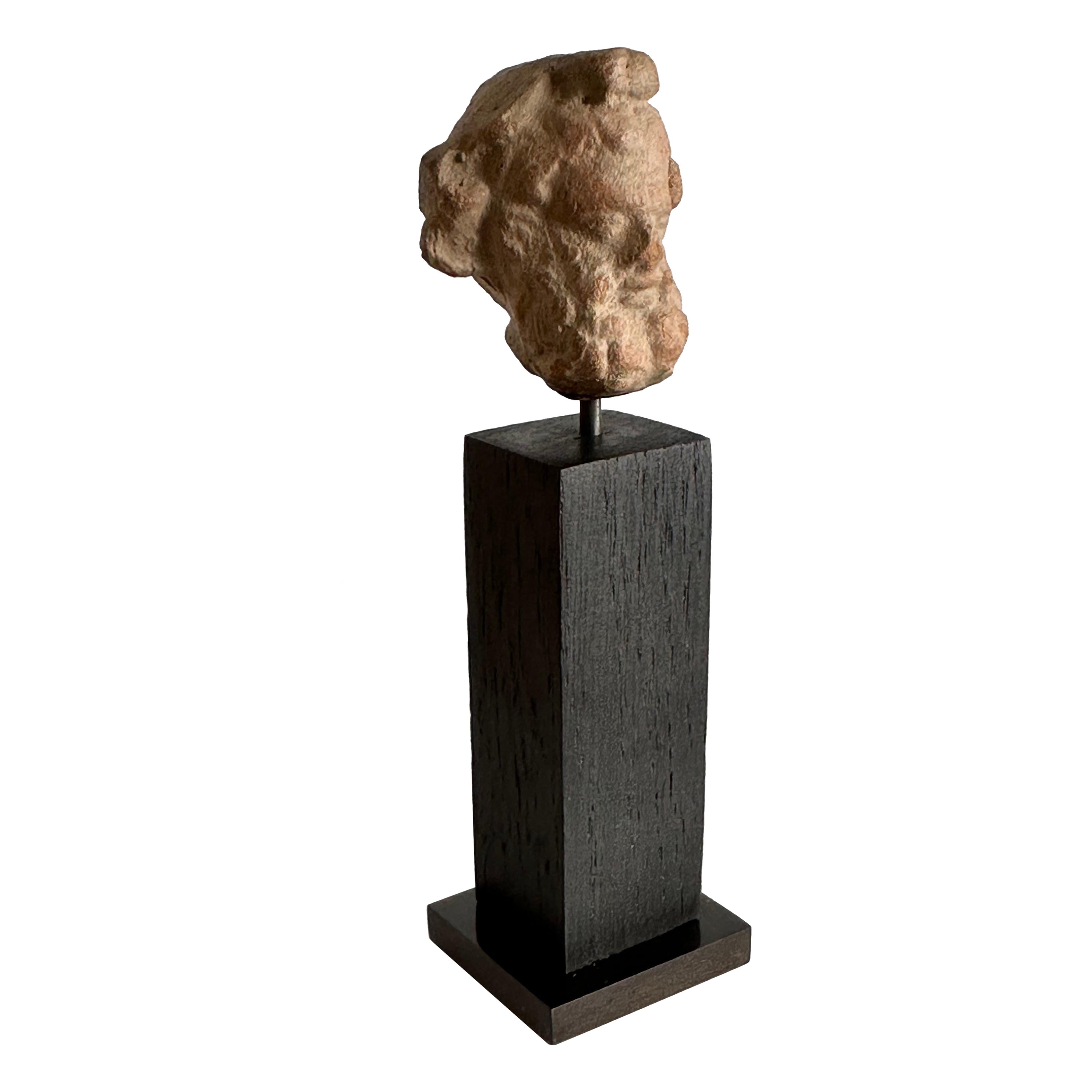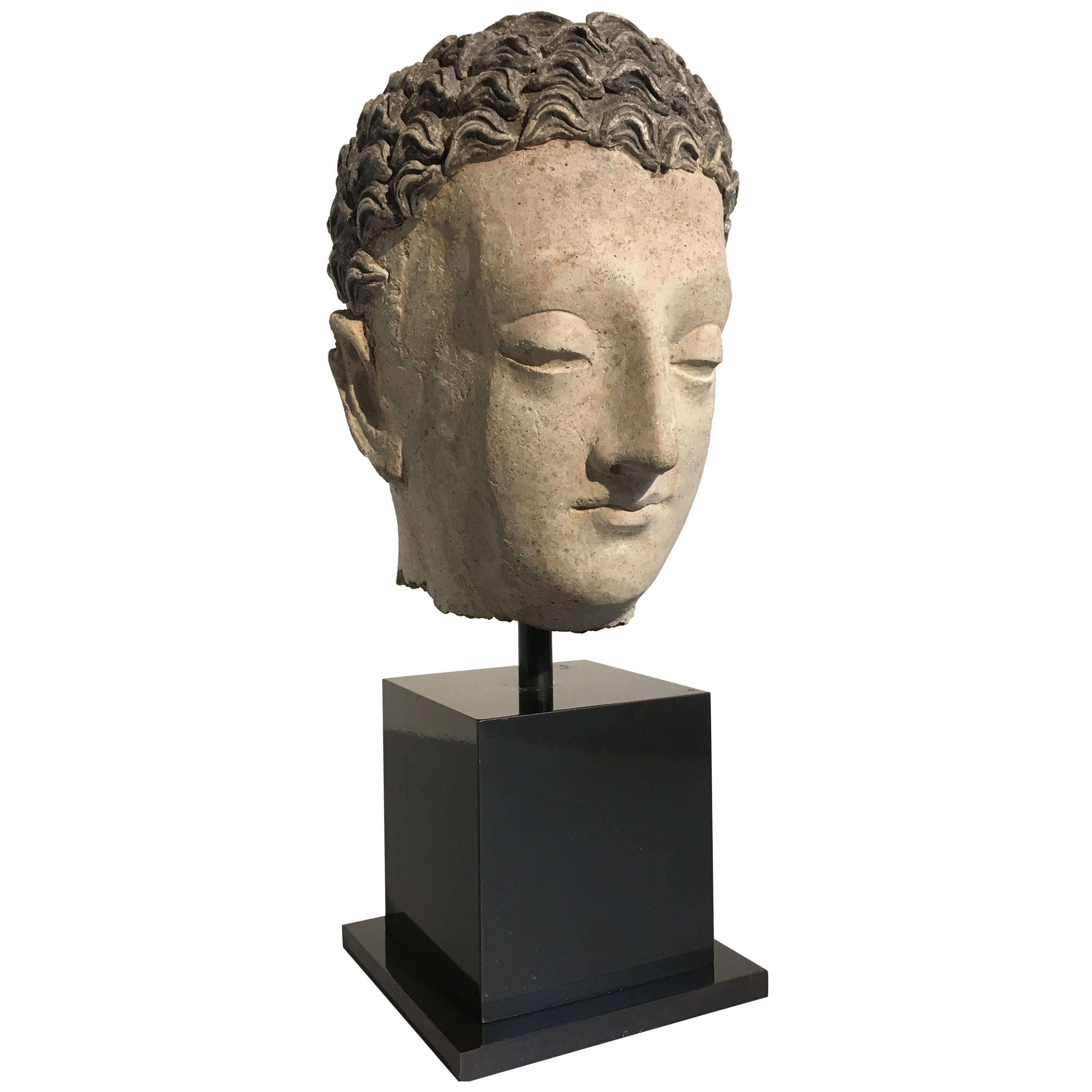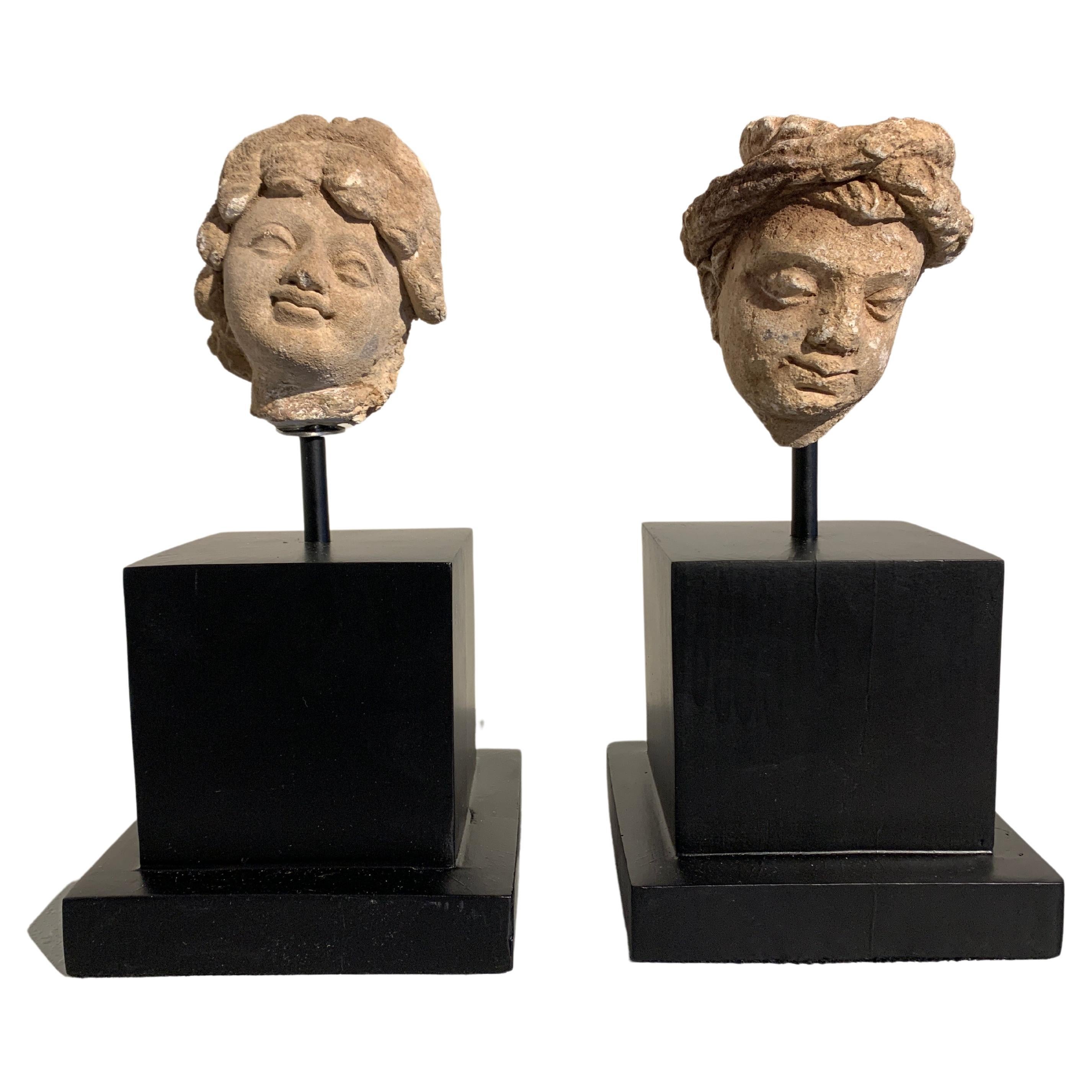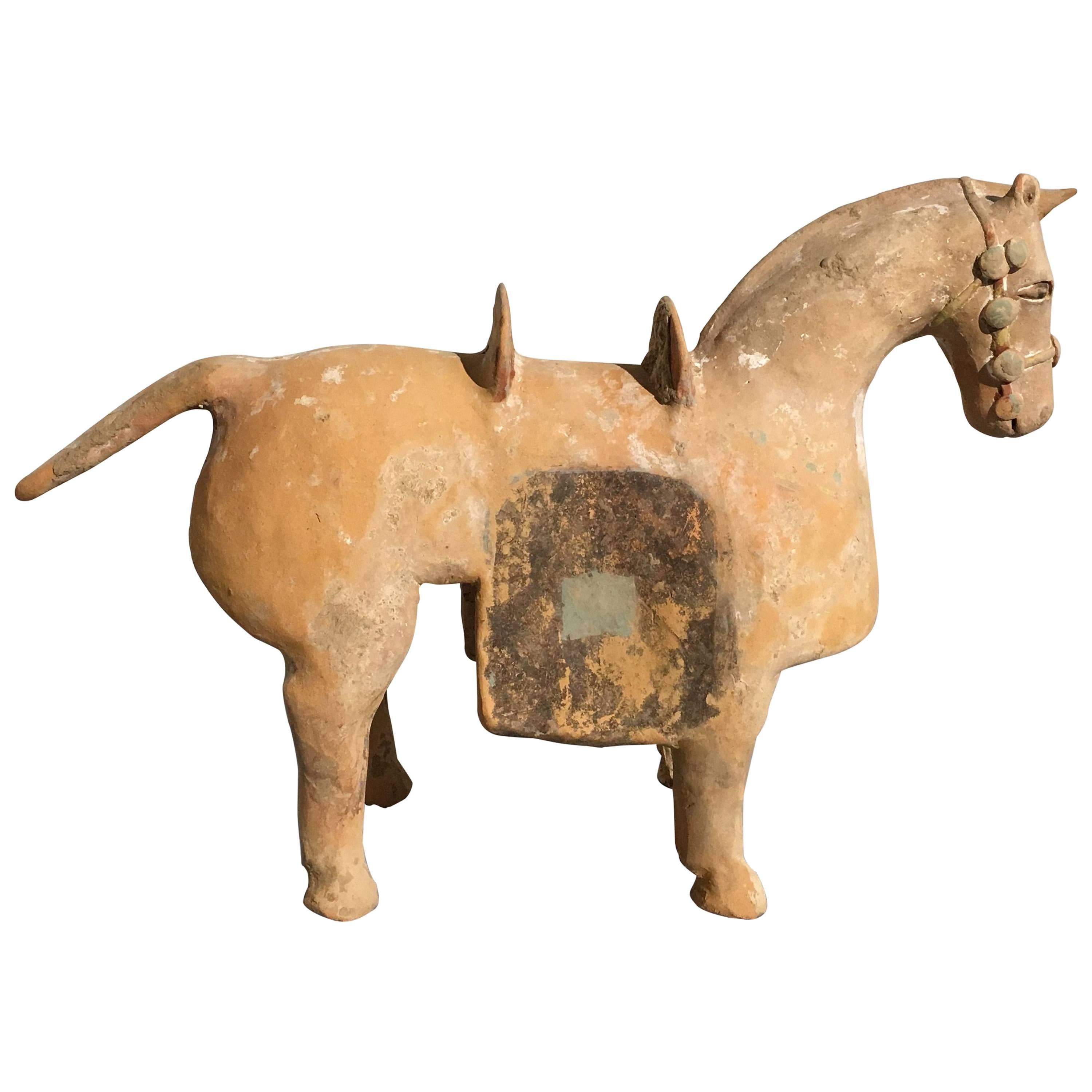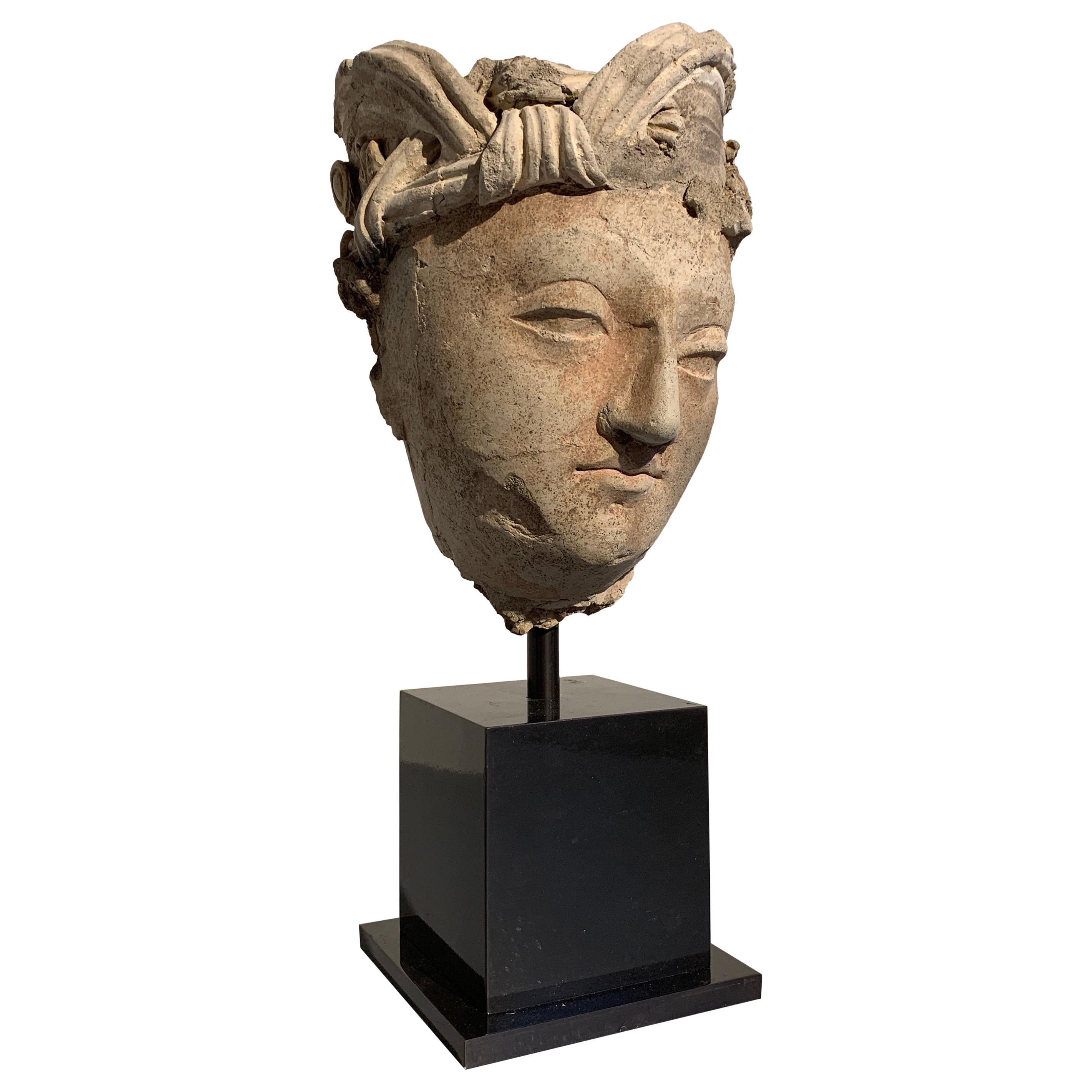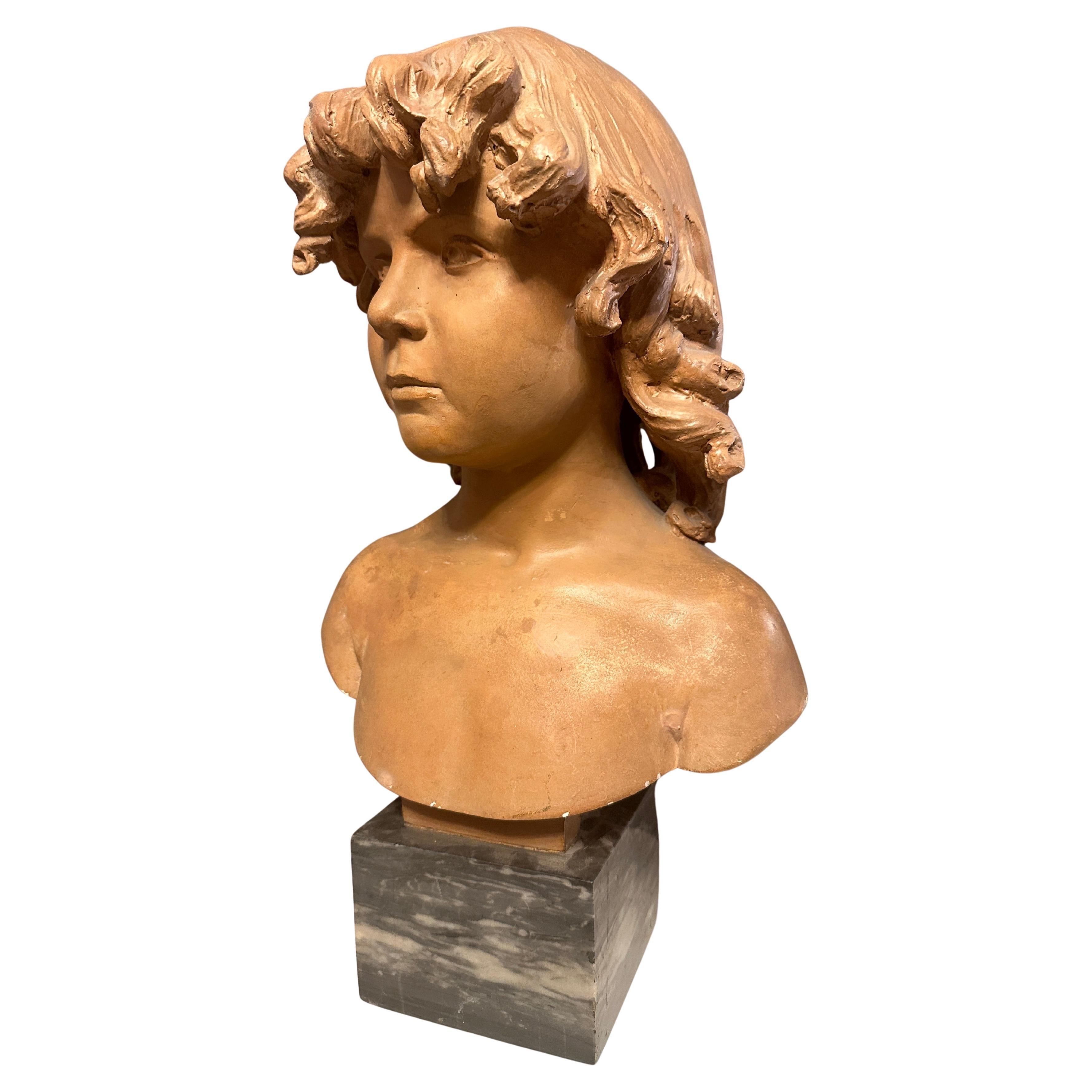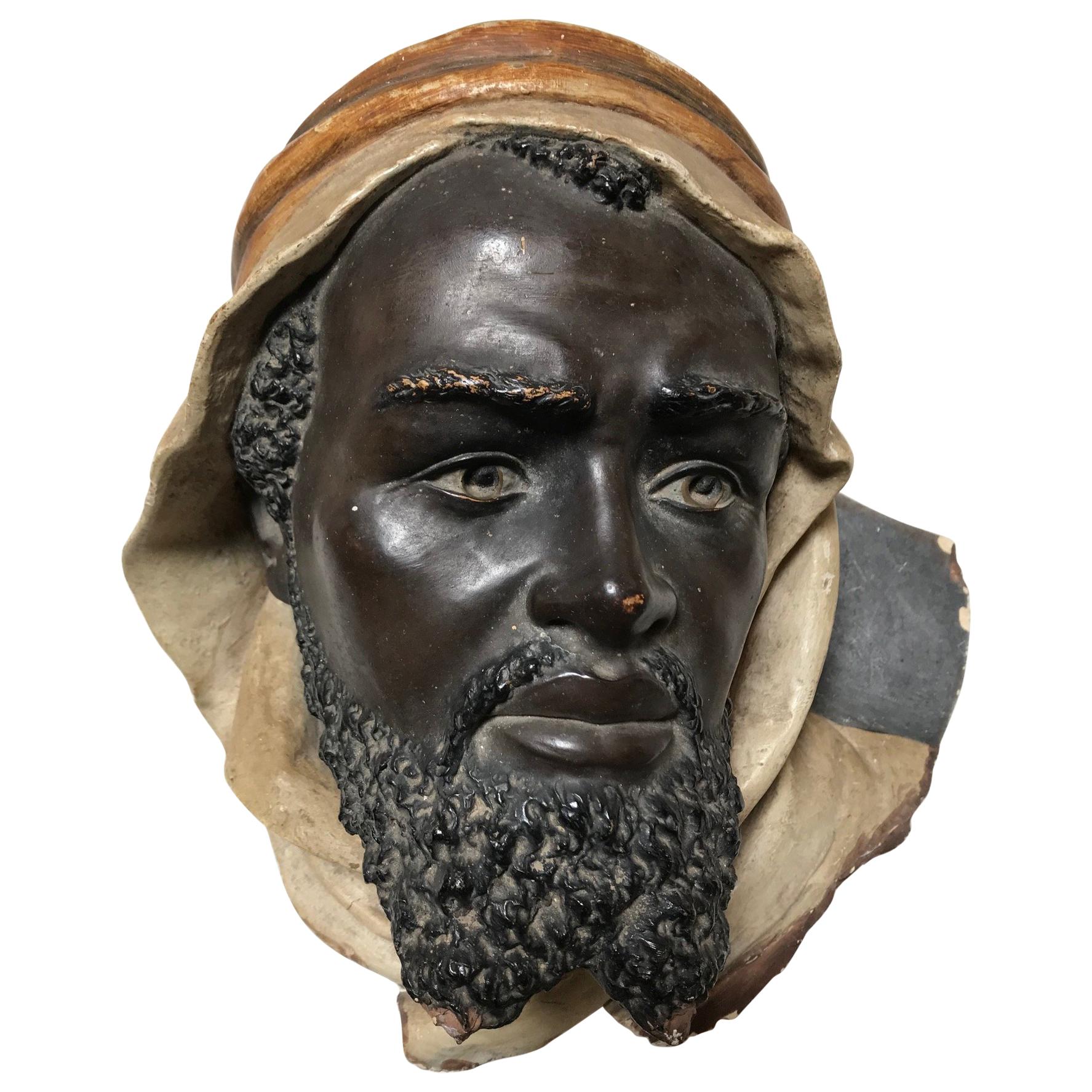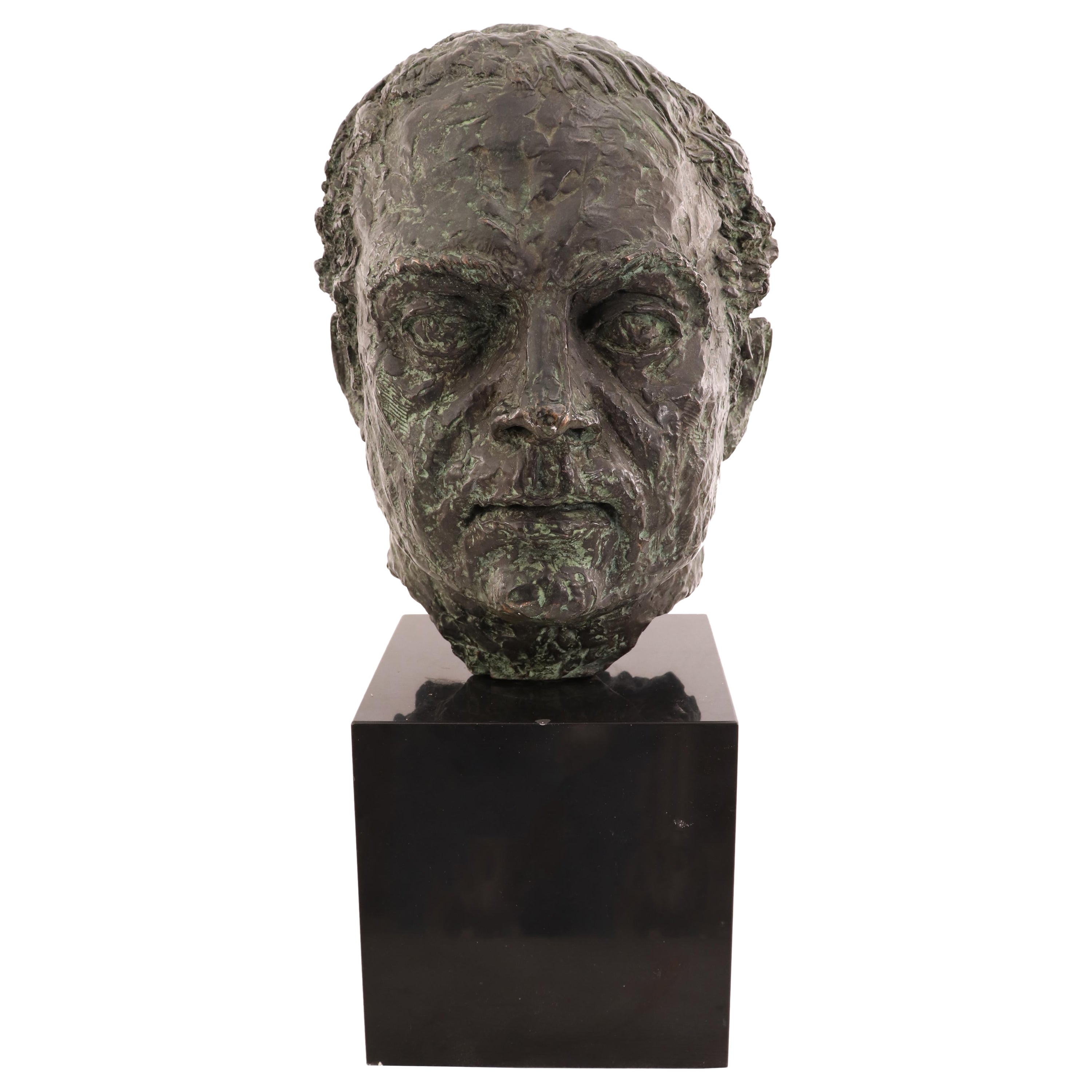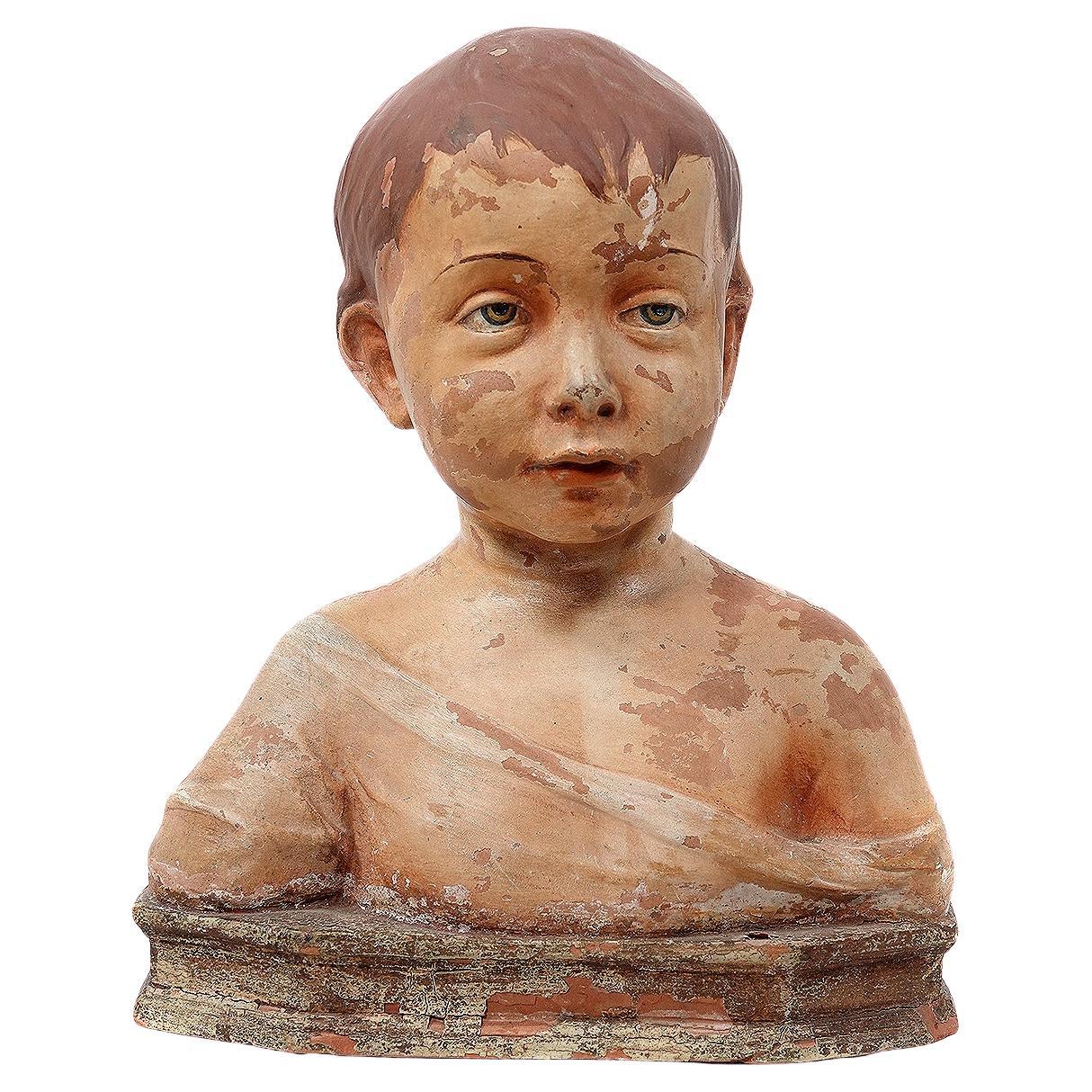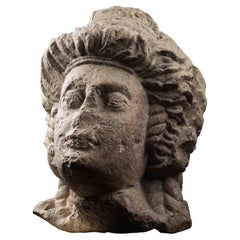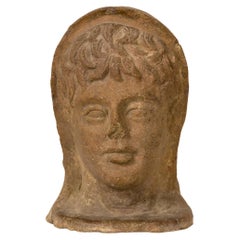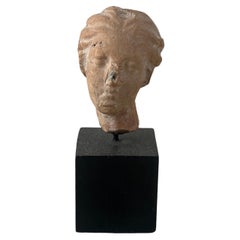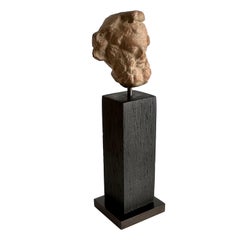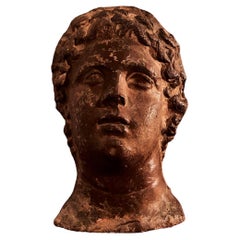
4th - 3rd Century B.C. Half-Round Terracotta Head of a Young Man, Bust
View Similar Items
1 of 5
4th - 3rd Century B.C. Half-Round Terracotta Head of a Young Man, Bust
About the Item
- Dimensions:Height: 9.85 in (25 cm)Width: 5.91 in (15 cm)Depth: 5.91 in (15 cm)
- Materials and Techniques:
- Period:
- Date of Manufacture:200-300 B.C.
- Condition:
- Seller Location:Firenze, IT
- Reference Number:1stDibs: LU6403228919392
Authenticity Guarantee
In the unlikely event there’s an issue with an item’s authenticity, contact us within 1 year for a full refund. DetailsMoney-Back Guarantee
If your item is not as described, is damaged in transit, or does not arrive, contact us within 7 days for a full refund. Details24-Hour Cancellation
You have a 24-hour grace period in which to reconsider your purchase, with no questions asked.Vetted Professional Sellers
Our world-class sellers must adhere to strict standards for service and quality, maintaining the integrity of our listings.Price-Match Guarantee
If you find that a seller listed the same item for a lower price elsewhere, we’ll match it.Trusted Global Delivery
Our best-in-class carrier network provides specialized shipping options worldwide, including custom delivery.You May Also Like
Monumental Feminine Head - Roman Empire - 3rd-4th Century Ad
Located in Bruxelles, BE
Very large feminine head crowned by a tiara
Roman period, 3rd - 4th century AD
Eastern provinces of the Roman Empire (Palmira?)
gray basalt
H 55 cm
Old collec...
Category
Antique 15th Century and Earlier Syrian Greco Roman Figurative Sculptures
Materials
Stone
Etruscan Sculpture Head, 4th Century B.C., Italy
Located in Girona, Spain
DESCRIPTION: Etruscan sculpture head made with terracotta, the art represents a young man from the 4th century. It's a very decorative piece and the stat...
Category
Antique 15th Century and Earlier Italian Classical Greek Busts
Materials
Terracotta
Greek Terracotta Female Head, C. 3rd - 2nd Century Bc
Located in Los Angeles, CA
A Greek terracotta female head, c. 3rd - 2nd Century BC, her head slightly tilted to her left, features hair styled back in waves. Mounted on black wood base. Ex Royal Athena Galleri...
Category
Antique 15th Century and Earlier Greek Busts
Materials
Clay
Head of a Bearded Man, Terracotta, Magna Graecia, 4th Century Before Christ
Located in PARIS, FR
Head of a bearded man.
Terracotta.
Magna Graecia, 4th century before Christ.
Wood and bronze stand.
Height: 3,9 cm.
Overall: 10,7 cm.
Category
Antique 15th Century and Earlier Italian Greco Roman Figurative Sculptures
Materials
Terracotta
Gandharan Stucco Head of the Buddha, 3rd-5th Century
Located in Austin, TX
A sublime Greco-Buddhist stucco head of the Buddha, ancient region of Gandhara, circa 3rd-5th century.
A fragment of a larger statue, the Buddha's face...
Category
Antique 15th Century and Earlier Pakistani Figurative Sculptures
Materials
Stucco
Pair Gandharan Stucco Heads of Donors, 3rd-5th Century, Gandhara
Located in Austin, TX
A charming pair of Gandharan molded stucco heads of donors, ancient region of Gandhara (modern day Pakistan / Afghanistan), probably Taxila, circa 3rd-5th century.
The two heads most likely represent donors. Donors to temples would often have their images enshrined in the artworks of temple walls in thanks for their support.
One head portrays a youthful figure with a plump, smiling face, and full head of hair arranged in fat curls and secured by a headband. The androgynous figure...
Category
Antique 15th Century and Earlier Pakistani Hellenistic Antiquities
Materials
Stucco, Wood
